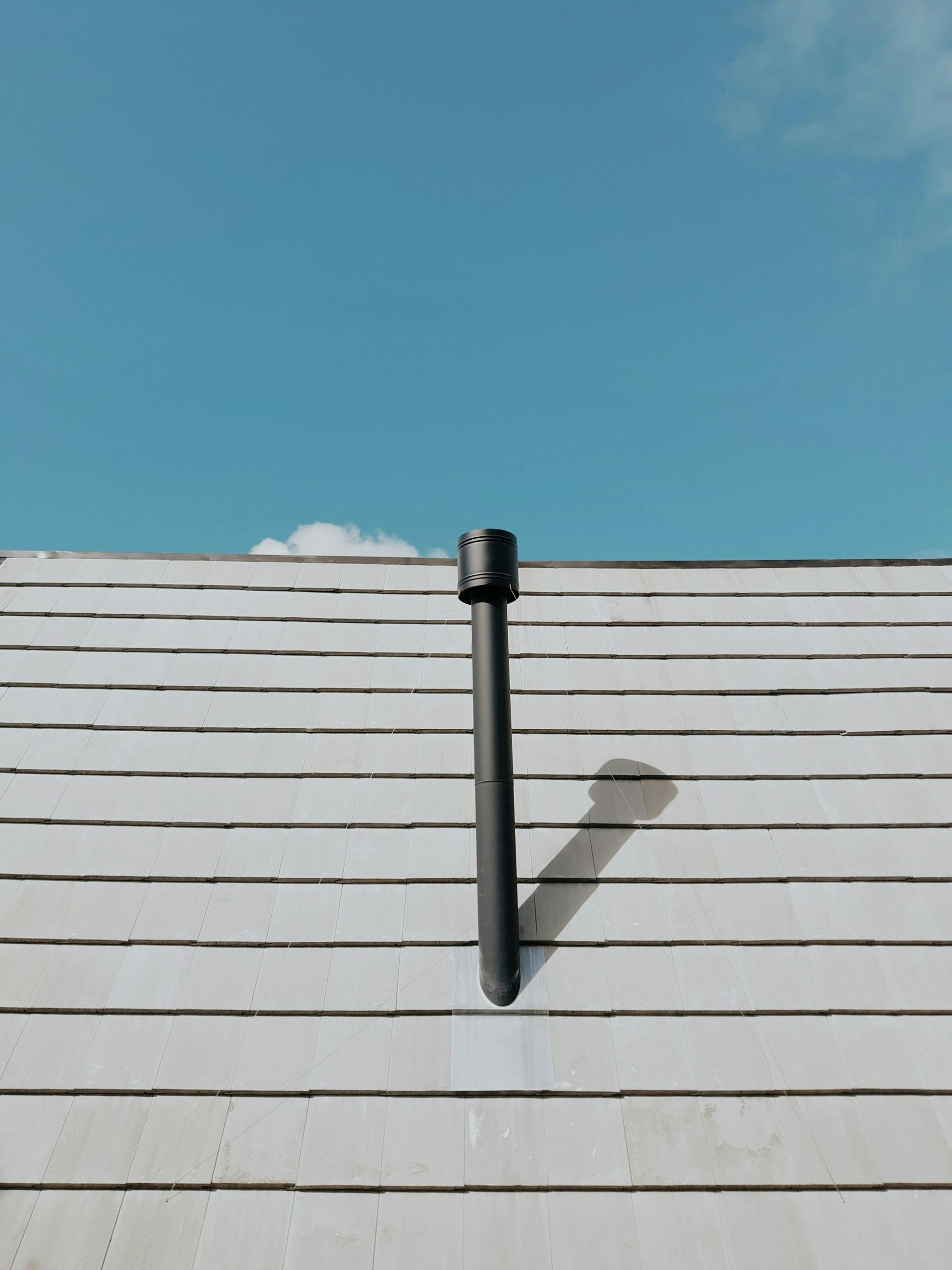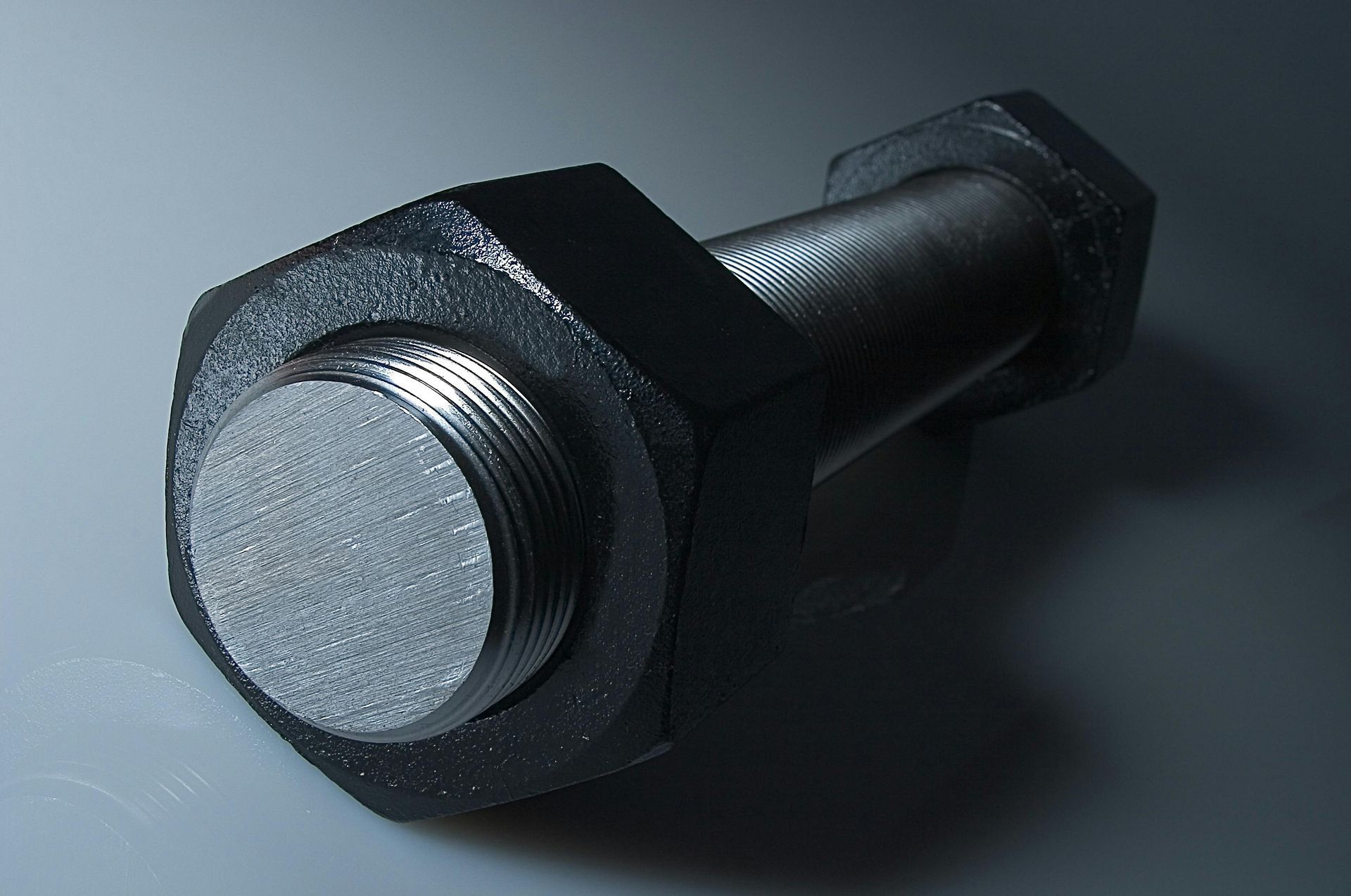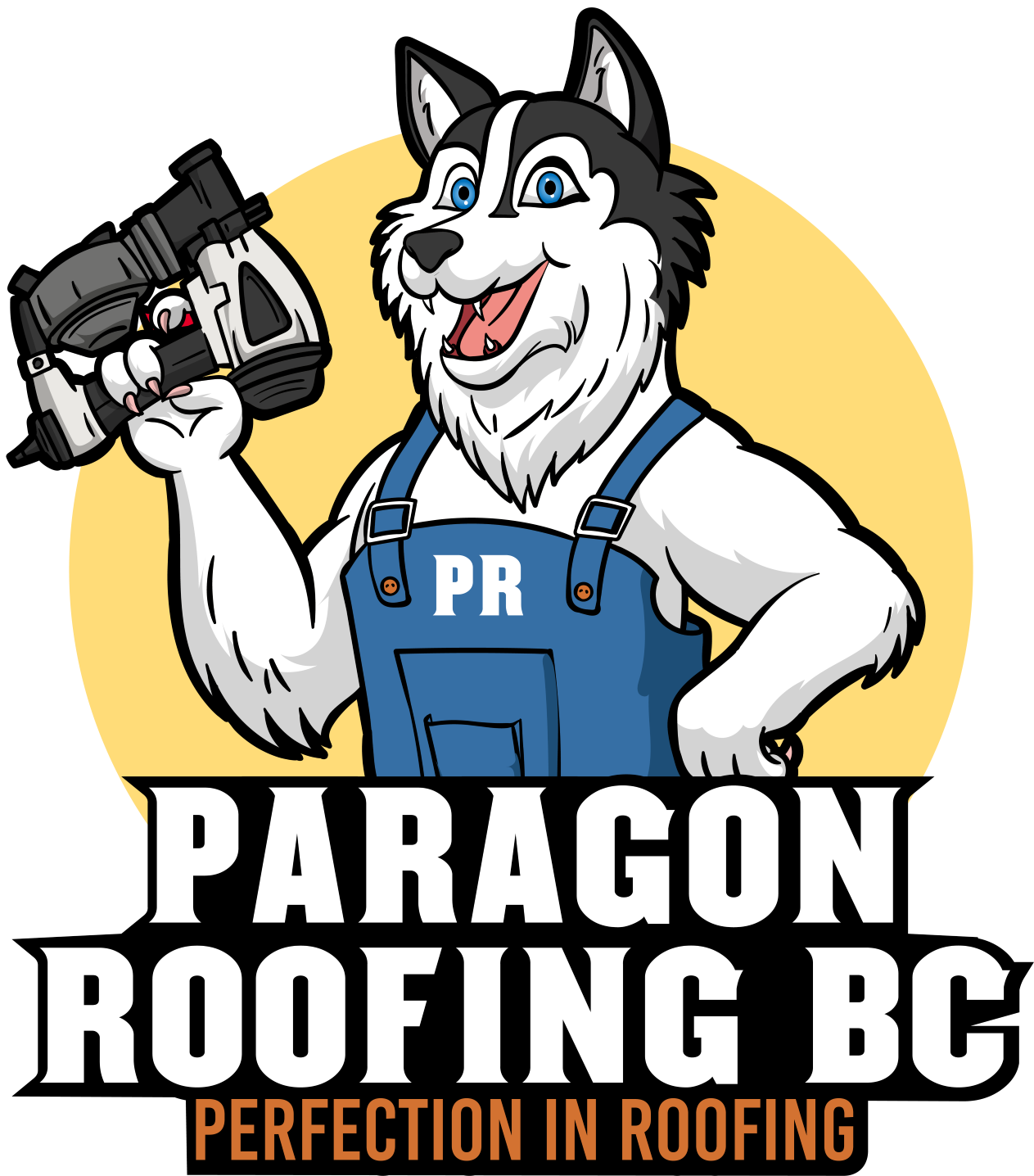Cedar vs. asphalt in coastal BC — the assembly is the difference
In BC’s coastal rain, neither cedar nor asphalt automatically “handles water better”—the assembly does. Cedar shakes with felt interlays, open-metal valleys, and real ventilation perform superbly; asphalt shingles match that with sealed underlayment, activated tab seals, and balanced soffit-to-ridge airflow. ([Cedar Shake and Shingle Bureau][1], [rpm.rcabc.org][2], [asphaltroofing.org][3], [ibhs.org][4])
Need help with roofing in Vancouver ? Get a same-week assessment.
Explore services and guides: cedar shake roofing Vancouver · cedar roof lifespan
- Prioritize open-metal valleys and self-adhered membranes in storm paths. ([rpm.rcabc.org][2], [Cedar Shake and Shingle Bureau][1], [ibhs.org][4])
- Keep soffit intake and ridge exhaust balanced (design the path first). ([asphaltroofing.org][3])
- For asphalt, ensure seals are set and nailing is per spec; hand-seal in cold. ([ibhs.org][5], [asphaltroofing.org][6])
- For cedar, use prime edge-grain shakes and true felt interlays/baffles. ([Cedar Shake and Shingle Bureau][1])
- Maintain surfaces: control moss on cedar; choose algae-resistant asphalt. ([Cedar Shake and Shingle Bureau][7], [asphaltroofing.org][6])
| Factor | Cedar shakes (properly detailed) | Asphalt shingles (properly detailed) |
|---|---|---|
| Rain shedding in big storms | Excellent with open-metal valleys and continuous liners | Excellent with sealed underlayment and rain-baffled vents |
| Wind-driven rain margin | High when interlays + valleys are textbook | High when tabs are sealed and deck seams/underlayment are sealed |
| Microbial growth risk | Higher without moss control (keeps wood wet) | Lower with algae-resistant granules; moss still needs management |
| Ventilation dependency | Critical—keeps deck dry between storms | Equally critical—prevents condensation and deck wetting |
| Typical service life (coastal reality) | ~30–40 years with upkeep; shorter if neglected | NRCA says most new roofs ~20 years design life; many asphalt systems deliver ~20–30 with quality, climate & care |
([Cedar Shake and Shingle Bureau][1], [rpm.rcabc.org][2], [asphaltroofing.org][6], [nrca.net][8])
The coastal BC problem set (and why “rain handling” is about details)
BC’s South Coast sees long wet spells and frequent wind-driven rain (WDR), which pushes water sideways and upward at laps. Local research instrumented Metro Vancouver buildings to quantify WDR and showed geometry (overhangs, exposure) strongly affects wetting. In short: valleys, perimeters, and high-load faces need belt-and-suspenders detailing. ([bchousing.org][9])
Environment Canada’s 1991–2020 normals confirm high annual precipitation around the coast, and some North Shore microclimates see significantly more than the Vancouver airport. That backdrop makes smooth water paths and solid underlayers non-negotiable. ([Historical Climate Data][10])
How cedar handles coastal rain (when it’s built right)
What wins: prime edge-grain shakes, correct #30 felt interlays that act as baffles, and open-metal valleys over continuous self-adhered membrane and liners. The Cedar Shake & Shingle Bureau’s 2025 manual emphasizes forming true baffles with the interlays (especially over spaced sheathing) so water can’t capillary-creep under courses. ([Cedar Shake and Shingle Bureau][1])
- Valleys: RCABC’s open-valley details keep the flow on metal—flat, continuous, with shingle-fashion laps and sealed joints. In coastal downpours, the metal trough handles peak volume with margin. ([rpm.rcabc.org][2])
- Ventilation: Continuous soffit intake + ridge exhaust dries the deck between storms—crucial for wood. (This is equally true for asphalt.) ([asphaltroofing.org][3])
- Material science: Western red cedar heartwood has natural extractives (notably thujaplicins) that resist decay—useful in a damp climate—but they don’t replace good detailing and maintenance. ([Real Cedar][11], [WPC][12])
The risk to manage: moss and lichen trap moisture, slowing drying after rain. CSSB’s maintenance guidance warns that heavy moss can back water up and cause leaks; copper or zinc ion sources help suppress growth between gentle cleanings. ([Cedar Shake and Shingle Bureau][7])
How asphalt handles coastal rain (when it’s built right)
Asphalt shingles shed water well— if the under-assembly and edge sequencing are done to spec and the shingle seals are activated:
- Underlayment strategy: In severe WDR exposures, sealed systems add insurance: self-adhered membranes at eaves/valleys at minimum; many pros now tape deck seams and use high-strength synthetics to reduce water entry under hurricane-class testing. (The IBHS findings generalize: a sealed substrate dramatically cuts leakage if rain gets past shingles.) ([ibhs.org][4])
- Tab seals and cold installs: IBHS and ARMA note hand-sealing is required in cold or on steep slopes; otherwise tabs may not bond, making blow-in more likely during storms. Nailing pattern and depth are equally critical. ([ibhs.org][5], [asphaltroofing.org][6])
- Algae resistance: Manufacturers blend copper-bearing granules to slow algae staining in damp climates; they don’t eliminate moss, but they reduce the food chain that starts as black streaks. ([asphaltroofing.org][6], [professionalroofing.net][13])
Bottom line: With a sealed underlayer, correct edges/valleys, and confirmed seal activation, asphalt is just as watertight in coastal rain as cedar. The difference isn’t the shingle so much as the system you build under and around it. ([ibhs.org][4])
Head-to-head in the places rain really tests you
Valleys (the rivers on your roof).
Open-metal valleys are my default on both systems; they move volume without turbulence and tie cleanly into gutters or kick-outs at roof-to-wall corners. Cedar benefits most
because textured surfaces slow flow; asphalt benefits because granules and shingle edges can trap fines. RCABC’s cedar valley sheets and RPM standards set the template. ([rpm.rcabc.org][2])
Perimeters & eaves.
Self-adhered eave protection is table stakes today, with drip edges sequenced correctly and overlaps shingle-fashion; these stop wind-pushed water from finding wood. (Your roofer’s sequencing craft matters more than the brand on the bundle.) ([ibhs.org][4])
Ventilation & drying.
Vented attics need a low-to-high path—continuous soffit intake, continuous ridge exhaust—so the deck dries between storms. ARMA’s guidance for asphalt and general building-science rules apply equally to cedar roofs: reduce condensation risk and speed drying. ([asphaltroofing.org][3])
Service life in coastal BC: what’s realistic
There’s no single number— climate exposure, install quality, and maintenance dominate the outcome. Credible references put most new steep-slope roofs at about 20 years of designed life in general, with cedar shake assemblies often achieving ~30–40 years here with steady upkeep. (Deferred maintenance or dark, tree-shaded lots compress those numbers.) ([nrca.net][8], [Cedar Shake and Shingle Bureau][1])
- Cedar lasts toward the high end with edge-grain material, true interlays, open valleys, strong ventilation, and moss control. ([Cedar Shake and Shingle Bureau][1])
- Asphalt hits the high end with sealed substrates, correct fasteners, verified tab adhesion, and the same ventilation/edge discipline. ([ibhs.org][4])
Cost, care, and owner fit
Cedar asks for small, regular care(moss suppression, gutter/valley clearing, occasional shake swaps) in exchange for a long, handsome service life and strong storm performance. Asphalt asks for less routine care, but its top-end lifespan in wet coastal exposure is often shorter; pick algae-resistant lines to keep appearances cleaner between rains. ([asphaltroofing.org][6])
Decision guide (coastal BC)
- Have long valleys, big catchments, or windward faces? → Choose open-metal valleys(cedar or asphalt). ([rpm.rcabc.org][2])
- Live under trees or in deep shade? → Cedar will need planned moss management; asphalt with algae-resistant granules reduces staining but still needs debris control. ([Cedar Shake and Shingle Bureau][7], [asphaltroofing.org][6])
- Cold-weather installs or steep slopes? → For asphalt, confirm hand-sealing; for cedar, confirm interlays and exposure lines are per manual. ([ibhs.org][5], [Cedar Shake and Shingle Bureau][1])
- Want the longest plausible life in wet pockets? → Cedar with prime edge-grain shakes and disciplined maintenance—or asphalt on a sealed deck plus impeccable ventilation and edges. ([Cedar Shake and Shingle Bureau][1], [ibhs.org][4])
People Also Ask — concise, snippet-ready answers
Do cedar roofs leak more than asphalt in coastal rain?
No— when both are detailed correctly. Cedar needs felt interlays and open-metal valleys; asphalt needs sealed underlayment and verified tab adhesion. Ventilation and edge sequencing decide more than surface material. ([Cedar Shake and Shingle Bureau][1], [ibhs.org][4])
Which lasts longer near the ocean in BC—cedar or asphalt?
Realistically, cedar shakes often deliver ~30–40 years with upkeep; many asphalt systems deliver ~20–30 depending on product, install, and exposure. Your microclimate and maintenance make the difference. ([Cedar Shake and Shingle Bureau][1], [nrca.net][8])
Are algae-resistant shingles worth it on the coast?
Yes for appearances and maintenance cadence. Copper-bearing granules reduce algae staining in damp climates; they don’t eliminate moss but cut the starting point for growth. ([asphaltroofing.org][6], [professionalroofing.net][13])
What single upgrade improves asphalt in heavy rain?
A sealed roof deck/underlayment package: taped seams and high-strength synthetic or self-adhered membranes under the field—less water entry if rain blows past shingles. ([ibhs.org][4])
What single upgrade improves cedar in heavy rain?
Open-metal valleys over continuous liners, plus textbook felt interlays; they move peak flow with margin and stop capillary creep under courses. ([rpm.rcabc.org][2], [Cedar Shake and Shingle Bureau][1])
Final take
In BC’s coastal climate, the winner isn’t “cedar” or “asphalt”—it’s good building physics. Give water a smooth, continuous path off the roof (open-metal valleys, correct edges), backstop the surface with a sealed, shingle-fashion underlayer, and keep the roof drying with balanced soffit-to-ridge ventilation. Do that, and both roofs shrug off November rain; neglect it, and either roof will keep you up at night.
Need help with roofing in Vancouver ? Get a same-week assessment.
Plan your next steps with cedar shake roofing Vancouver resources or review expected timelines in this guide to cedar roof lifespan.
—
References (not included in word count)
- **Cedar Shake & Shingle Bureau – Roof Manual (2025):** interlays as baffles; spaced-sheathing details; assembly guidance. ([Cedar Shake and Shingle Bureau][1])
- **RCABC Roofing Practices Manual – Cedar valleys & details:** open-valley construction sheets and standards. ([rpm.rcabc.org][2])
- **BC Housing – Wind-Driven Rain studies:** instrumentation of buildings in coastal BC; role of geometry/overhangs. ([bchousing.org][9])
- **Environment & Climate Change Canada – 1991–2020 normals:** coastal precipitation context. ([Historical Climate Data][10])
- **IBHS – water entry and sealed underlayment strategies; asphalt wind uplift & hand-sealing in cold.** ([ibhs.org][4])
- **ARMA – attic ventilation & algae resistance in asphalt shingles.** ([asphaltroofing.org][3])
- **Western red cedar durability/extractives:** thujaplicins and natural decay resistance in WRC heartwood (RealCedar; FPInnovations). ([Real Cedar][11], [WPC][12])
[1]: NEW ROOF
[2]: CS Details:E3.7.1 (Valleys)
[3]: Ventilation
[4]: Building-Vulnerability-to-Wind-Driven-Rain-Entry-and- ...
[5]: Wind Uplift of Asphalt Shingles
[6]: Asphalt Roofing Residential Manual Design and ...
[7]: Cedar Maintenance FAQ - Cedar Shake & Shingle Bureau
[8]: Buying a new roof - and getting your
[9]: Wind-Driven Rain Study
[10]: Canadian Climate Normals 1991-2020 Data
[11]: Growth, properties and uses of western red cedar
[12]: new perspectives on the role of extractives in the durability of
[13]: The fight against algae




